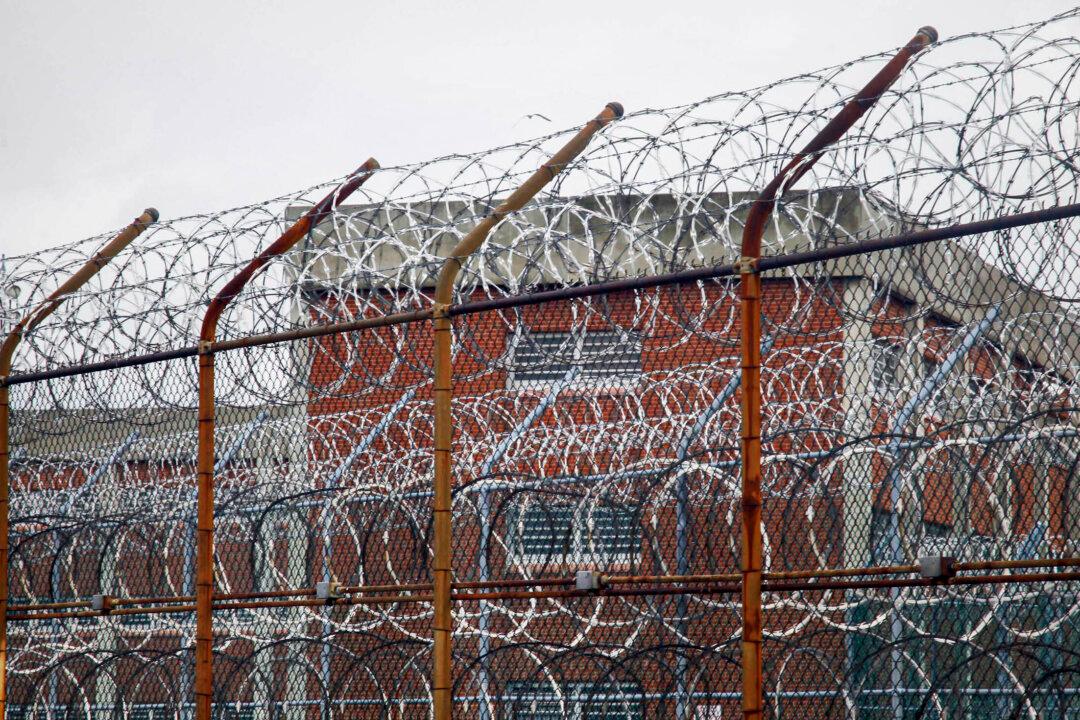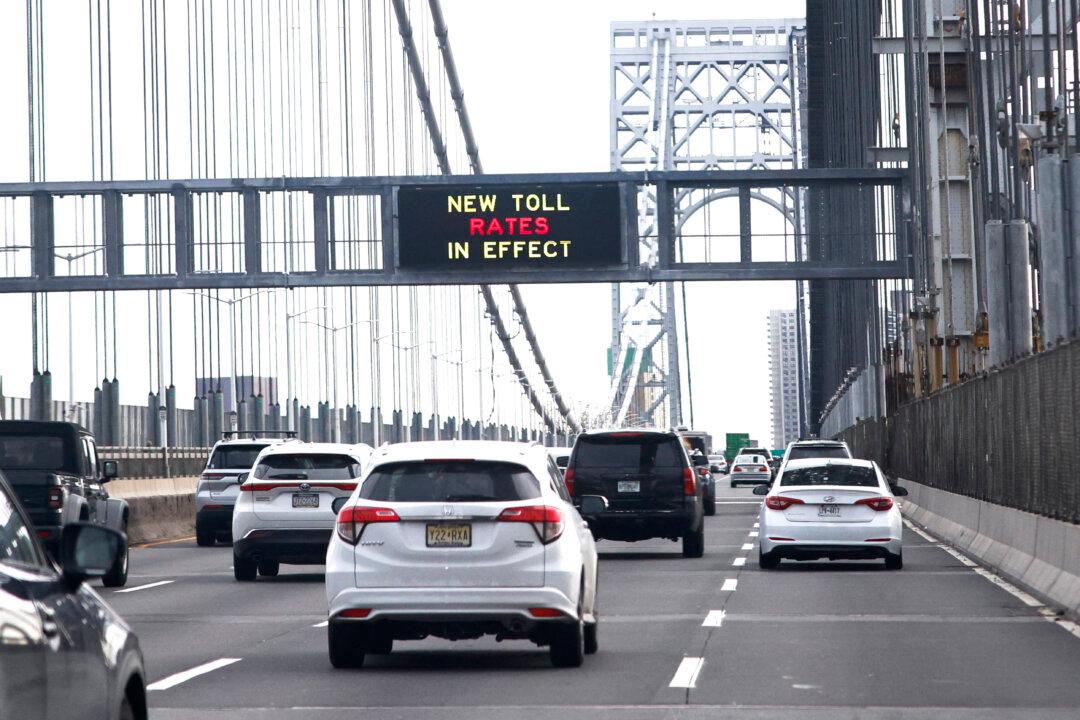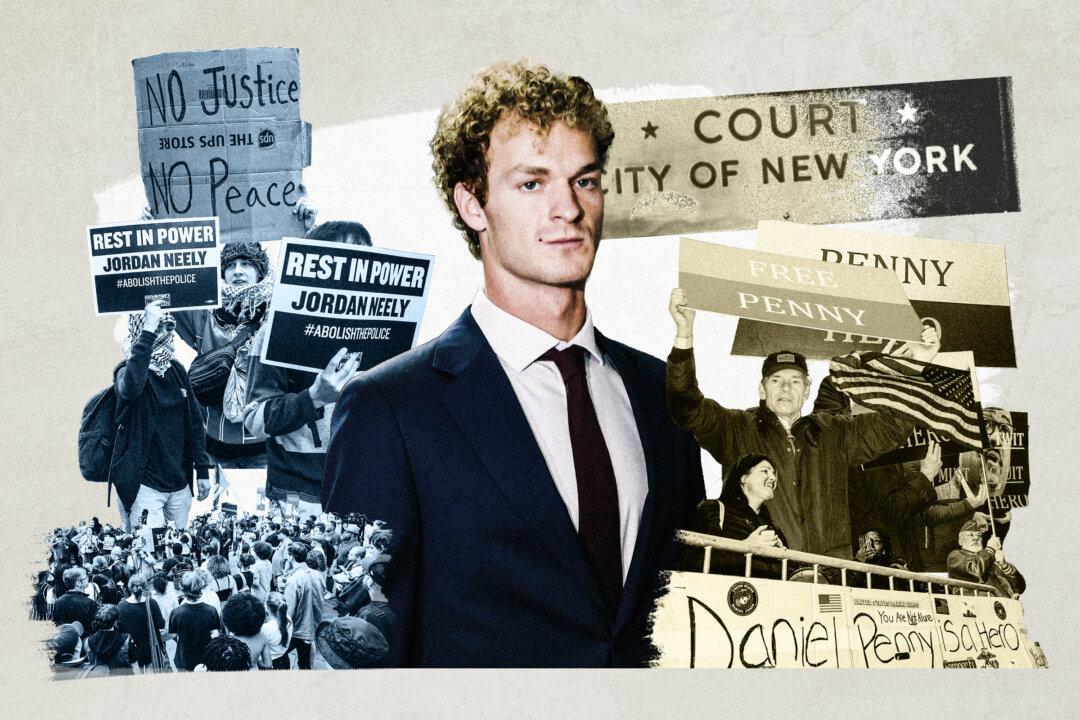NEW YORK CITY—The city’s decision to close the prisons on Rikers Island and transfer inmates to four smaller detention centers in the outer boroughs has sparked vigorous support and opposition.
Criminal justice reform advocates are hailing the move as long overdue, while others are expressing concern about the impact on the neighborhoods that will host the prisoners.





